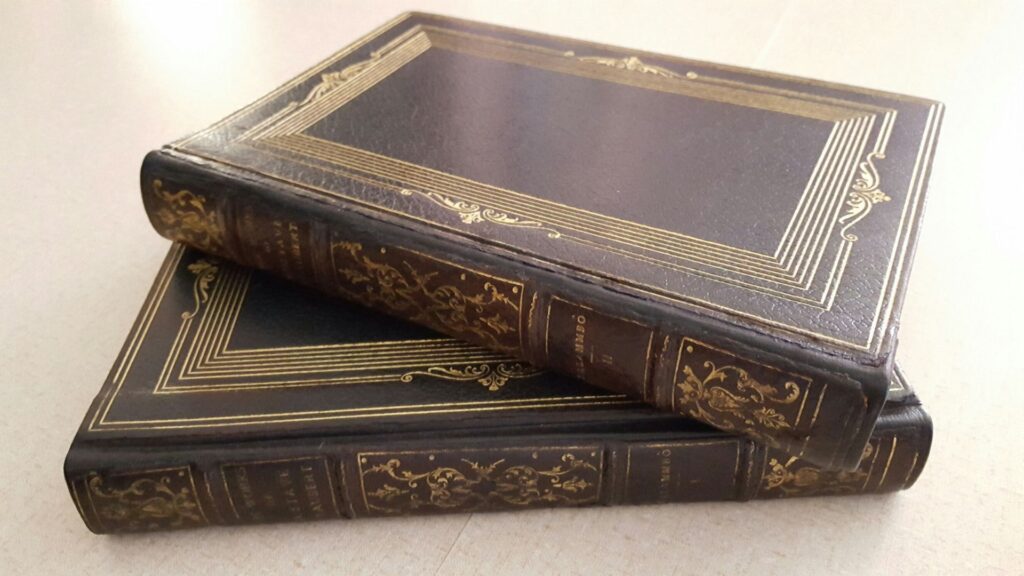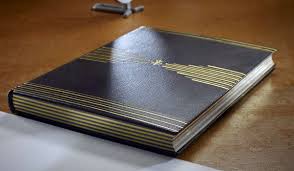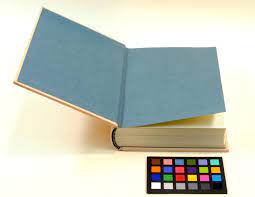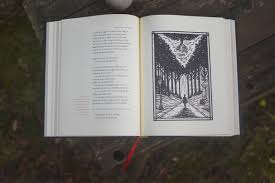
Old bound books carry more than just words—they hold history, sentiment, and craftsmanship. Over time, however, exposure to light, moisture, handling, and poor storage can lead to damage. Whether it’s a family heirloom or a rare collectible, restoring an old bound book requires a delicate balance of preservation, repair, and respect for its original structure. This article outlines the key steps and techniques to restore an old bound book safely and effectively.

Step 1: Assess the Book’s Condition
Before beginning any restoration, examine the book thoroughly. Look for:
-
Loose or detached covers
-
Broken or missing spine
-
Torn or brittle pages
-
Mold or insect damage
-
Water stains or warping
This initial inspection helps determine if a full restoration is necessary or if light repairs and cleaning will suffice. If the book is extremely rare or valuable, consult a professional conservator before proceeding.
Step 2: Clean the Book Gently
Start by cleaning the surface dirt and dust:
-
Use a soft brush (like a paintbrush) to sweep away debris from the cover and page edges.
-
Avoid using water or sprays, especially on leather or delicate paper.
-
If the pages are very fragile, place a piece of stiff paper beneath each one as you clean to prevent accidental tearing.
For leather covers, apply a pH-neutral leather cleaner sparingly and buff with a soft cloth. Do not use commercial cleaners unless they are specifically made for archival leather.
Step 3: Repair Torn Pages
Small tears can be mended using archival tissue and wheat starch paste or methylcellulose, both of which are reversible and acid-free. Here’s how:
-
Cut a thin strip of Japanese tissue paper.
-
Apply a light layer of paste using a brush.
-
Lay the tissue across the tear and press gently.
-
Allow it to dry under light weight.
Avoid using regular tape or glue, which can stain pages and cause long-term damage.
Step 4: Reattach Loose Pages or Signatures
If sections (signatures) have come loose from the spine:
-
Sew them back using linen thread and a needle.
-
Sew through existing holes, if possible, to preserve the original sewing structure.
-
Tie knots securely and avoid overly tight stitching that could stress the spine.
If sewing is too complex, insert the pages with archival repair strips or hinges to hold them in place.
Step 5: Repair or Rebuild the Spine
The spine often suffers the most damage. If the spine is cracked, detached, or missing:
-
Rebacking may be required. This involves reinforcing or replacing the spine with new material while preserving original pieces if possible.
-
Use archival book cloth or leather that matches the original style.
-
Glue the repaired spine back using PVA glue (polyvinyl acetate), which is flexible and acid-free.
For minor cracks or loose spine material, apply glue sparingly and clamp the book between boards until dry.
Step 6: Restore the Cover
If the cover is detached or torn:
-
Reattach the boards with strong bookbinding tape or cloth hinges.
-
Align the covers carefully before adhering to avoid a crooked book.
-
Touch up scuffed leather using specialized bookbinding leather dye and finish with a leather conditioner.
Avoid replacing covers entirely unless absolutely necessary, as original materials carry historical value.
Step 7: Store Properly After Restoration
To keep the restored book in good shape:
-
Store upright on a shelf with similar-sized books.
-
Keep away from sunlight, moisture, and fluctuating temperatures.
-
Use acid-free boxes or slipcases for fragile volumes.
Conclusion
Restoring an old bound book is a careful process that combines preservation and craftsmanship. With patience, archival materials, and respect for the book’s original structure, you can bring damaged books back to life while maintaining their historical integrity. Whether you’re a collector or simply trying to save a beloved volume, these restoration steps ensure your books endure for years to come.





